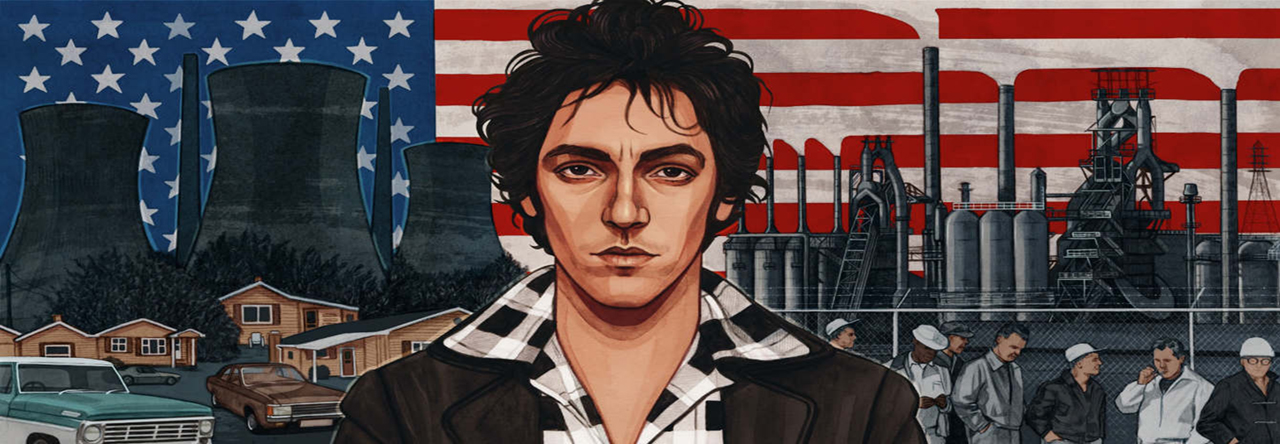Bruce Springsteen was famously never alone in both recordings and live performances. With him since 1972 was the E Street Band, Springsteen’s backing band that consists of various instruments that find their roots in heartland and jazz music. Of these instruments includes the drums, piano, tuba, harmonica, and most notably, the saxophone.

Bruce Springsteen and the E Street Band pictured in 2007. Credit: Danny Clinch
Beyond their talent as musicians, the E Street Band are the manifestation of Springsteen’s attempt to fit within his niche as a working-class hero. As stated above, many of the instruments that make up the band find their origins in blue-collar music, which is made up of both jazz and heartland songs. The saxophone and tuba, which can both be traced back to jazz roots, are a very traditional form of expression in blue-collar African American communities. The harmonica, while also present in jazz instrumentation, is a cornerstone of American folk music that is traditionally popular among the white working class. The ability to splice together jazz and heartland music through the E Street Band certifies Springsteen’s music as capable of unifying a socioeconomic class that had largely been marginalized. (More on this in the section “ A Communal Socioeconomic Class.”)
Even in his own right as a guitarist, Springsteen’s music was based in heartland roots through its reliance on simple chord structures and sing-along lyrics. Unlike the virtuosity of some other forms of rock, Springsteen chose to only play songs that could be easily replicated live and sang by any of his fans. By relying on this style of play, Springsteen could paint himself as one of the people instead of a deified superstar. This served to sow brotherhood between Springsteen and his audience and solidified him as the working-class hero that blue-collar America was searching for.
